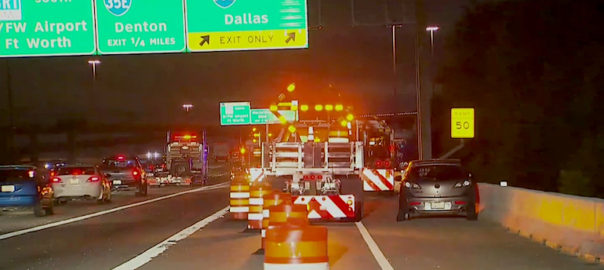It can be hard to get a clear picture of the state of truck accidents in Texas without looking at the data. Fortunately, there are several places to look. The Texas Department of Transportation collects and reports on motor vehicle accident facts annually. The National Highway Transportation Safety Administration (NHTSA) also lists state-specific traffic safety information.


According to the Texas Department of Transportation, in the last year for which statistics are reported (2015), there were more than 34,000 wrecks involving commercial vehicles in Texas. More than 3,500 people were killed, and much more were seriously incapacitated. This high truck wreck rate makes Texas more dangerous, on average than other places in the United States.
There are many more things that set truck wrecks across Texas apart from truck wrecks in the rest of the United States. From the oil tankers on our roads to the deadly I-35 corridor and everything in between, Texas is a uniquely dangerous place.
If you’ve followed the news over the last few years, you probably don’t need to be told that oil tankers can be dangerous for Texas drivers. Wrecks involving oil tankers have become a big problem in rural South Texas, especially as the fracking boom has led to increased commercial truck traffic on roads meant passenger vehicles or farming equipment.
A 2015 oil tanker crash that killed five near a South Texas oil field was especially notable. The vehicles involved instantly burst into flame because the tanker was carrying highly-flammable crude oil.
Many other factors lead to catastrophic oil tanker wrecks, including toxic fumes and drivers who have worked too many hours before getting behind the wheel.
Almost every day Texans hear reports of serious wrecks that happen on the I-35 corridor—the major stretch of road that runs from Laredo, near the United States-Mexico border, north to Oklahoma. I-35 is a major thoroughfare, one of the busiest north-south highways spanning the United States. Much of the traffic on I-35 is commercial, so passenger vehicles must share the road with trucks that are much bigger. These bigger trucks may be poorly maintained or operated by undertrained, overworked drivers. Often, truckers may simply not see smaller vehicles. Combined with bad weather and road construction, things can turn hazardous very quickly on the I-35 corridor.
In addition to the notable causes above, truck wrecks that happen throughout our state involve many factors:
No matter what factors were involved in your truck wreck, you are always welcome to call.
You've probably heard about black boxes in airplanes, but did you know large commercial trucks… Read More
You've likely heard the phrases "bodily injury" and "personal injury." If you read your auto… Read More
If you get hurt in any type of motor vehicle accident in Texas and need… Read More
"Jackknifing" is one of the possible outcomes when a tractor-trailer loses control. Once the trailer… Read More
A hundred questions race through your mind in the hazy aftermath of an automobile wreck.… Read More
What happens if you get hurt in an auto accident that was someone else's fault,… Read More